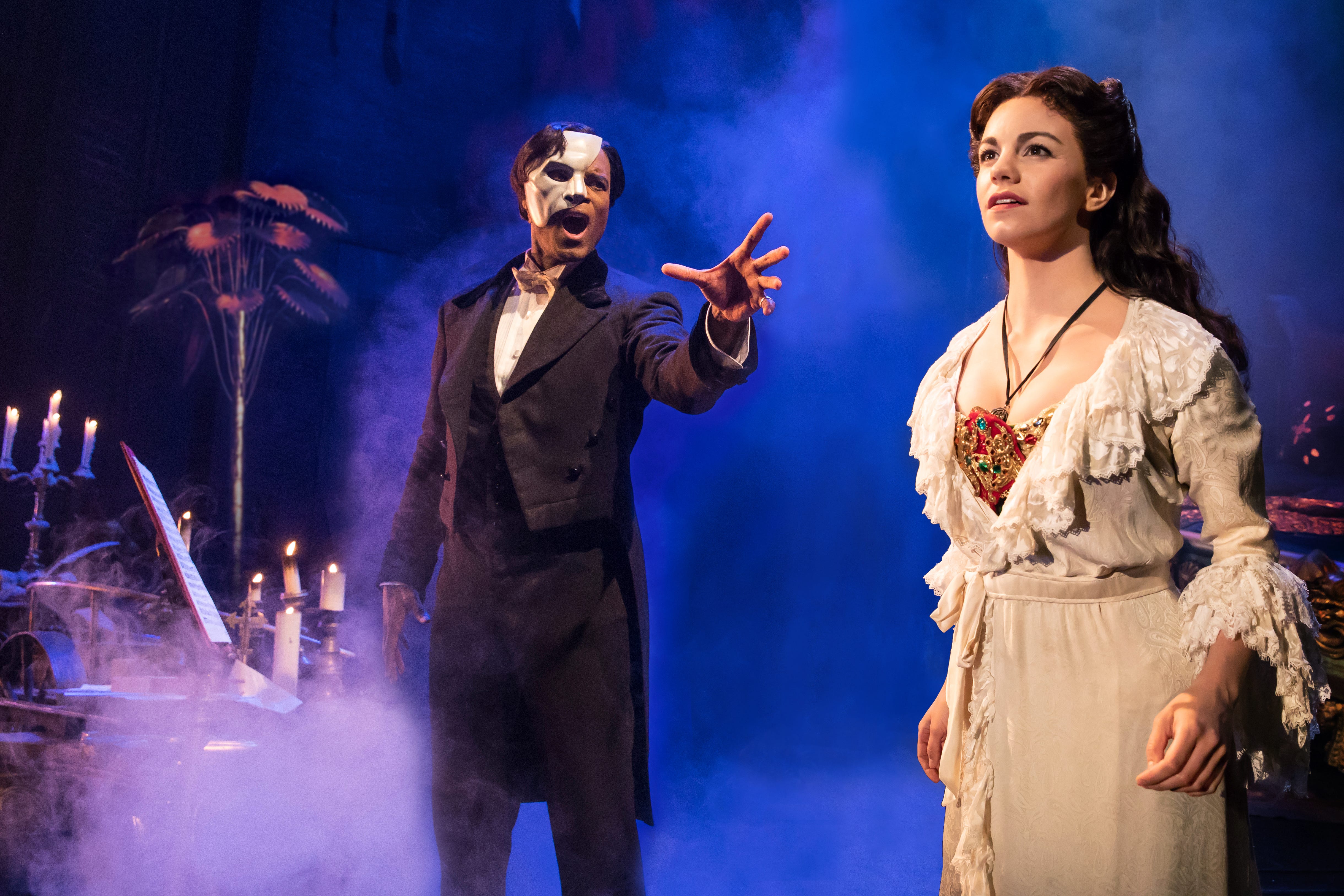

It’s an art, not magic…I achieved the Death’s head of that role without wearing a mask.” In a rare statement on his craft, Chaney explained, as cited by film historian Scott MacQueen in the October 1989 edition of American Cinematographer: “I’m supposed to have evolved some magic process of malforming my features and limbs. It’s hard to wrap your head around: how can that thing be human? This furious, menacing, despair-filled creature? Part command, part challenge, the Phantom shrieks: “Feast your eyes, glut your soul, on my accursed ugliness!”īy mangling Lon Chaney’s face with wires. His nose is an upturned chip, his mouth a mangled mess, his eyes threatening to pop.

The reveal: a defacement more horrifying than any other cinematic iteration of the infamous Opera Ghost to date. As contemporary reviewer Carl Sandburg puts it: “Her fingers give one final twitch - and there you are!” As the mysterious Eric sits at his organ, our captured heroine Christine loosens his mask. Arguably, it’s one of the most horrifying images ever put on screen. The unmasking of the titular Phantom is one of the most well-known moments in silent film. It’s just a face that’s been distorted - without CGI obviously - but manipulated so that it looks human, but almost not.” Nowhere else is Chaney’s unique quality of “human, but almost not” more evident than in the disfigured ghoul of 1925’s Phantom of the Opera, one of Chaney’s most impressive make-up jobs, if not certainly his most famous one. Gnashing teeth, curling lips, flaring nostrils, his characters are always as upsetting as they are mesmerizing.Ī big part of why Chaney’s creature designs are so affecting is because, as horror director Jennifer Kent articulates in an interview with Mountain Xpress: “You can see that it’s a person’s face. From murderous madmen to misunderstood monsters, Chaney consistently elicits bi-tones of repulsion and empathy, curiosity and fear, horror and pity. With few exceptions, his best-known characters experience some sort of disfigurement, and the actor took the execution of these mutilations into his own hands, often at the expense of his own comfort and safety (more on that later). In addition to being one of the most evocative performers to ever grace the screen, Chaney was a pioneer of early cinematic special effects makeup. As Chaney himself explains in a rare interview in Movie Weekly, the unique circumstances of his upbringing meant that, for the actor, “gesture was always a thing of great significance.” A Silent Era performer, Chaney’s physical deftness resulted in emotionally rich, peerless performances that still resonate and shock almost a century later. is a veritable magician.Īn Old Hollywood powerhouse known for his characterizations of unnerving individuals and mangled souls, Leonidas Chaney was born on April Fool’s Day in 1883 to two deaf parents. This entire column is based around the celebration of cinematic techniques that read as magic tricks. Welcome to How’d They Do That? - a bi-monthly column that unpacks moments of movie magic and celebrates the technical wizards who pulled them off.


 0 kommentar(er)
0 kommentar(er)
